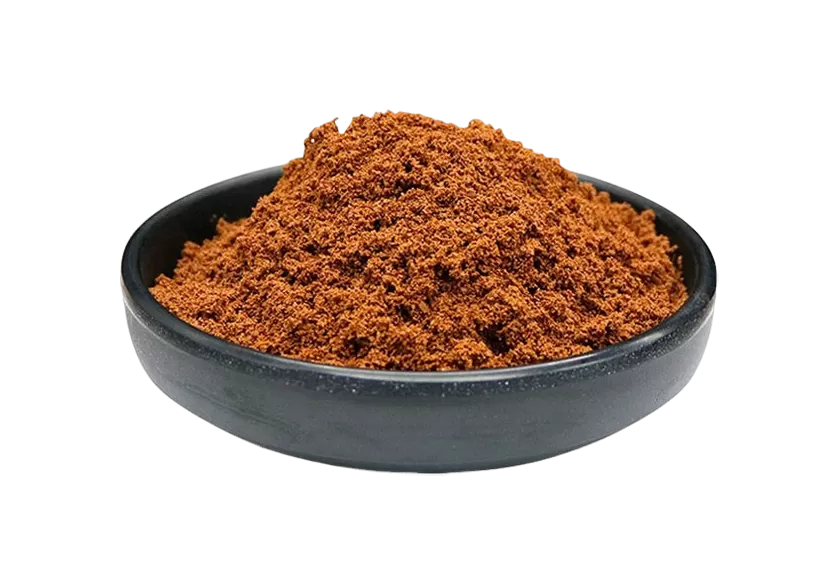Product Introduction
Polymeric aluminum ferric chloride (PAFC) has been developed on the basis of in-depth research into the hydrolysis and coagulation mechanisms of polyaluminum chloride, ferric oxide, aluminum salts, and iron salt coagulants. It combines the advantages of coagulation by aluminum salts and iron salts, and introduces the polyvalent anion - sulfate ion, which significantly improves the forms of aluminum ions and iron ions, and greatly increases the degree of polymerization.
Characteristics
Appearance and mechanism of action of polymeric aluminum ferric chloride
Liquid products are brown or reddish-brown transparent substances without precipitation. Solid products are brown, reddish-brown powders or granular crystals, which are highly soluble in water. It can be used for domestic water, drinking water, industrial water, industrial wastewater, and domestic sewage treatment. In addition to reducing residual turbidity and chromaticity, its coagulation effect also features characteristics such as rapid floc formation, high adsorption performance, and good sludge filtration and dehydration performance. It shows particularly obvious treatment effects when dealing with high-turbidity water and low-turbidity water.
Usage of Polymeric Aluminum Ferric Chloride
·It is an inorganic polymer compound, easily soluble in water, and has certain corrosiveness.
·Due to different raw water quality conditions, a small-scale test should be conducted first to determine the dosage before use (reference dosage range: 20-800 ppm).
·For the convenience of calculation, the preparation of the experimental small-scale test solution is based on the weight-volume ratio (W/V), and it is generally better to prepare a 2-5% solution. For example, to prepare a 3% solution: weigh 3g of PAC, put it into a cleaned 200ml measuring cylinder, add about 50ml of clear water, and after dissolution, add water to dilute to the 100ml mark, then shake well.
·When in use, liquid products are prepared into a 5-10% aqueous solution, and solid products are prepared into a 3-5% aqueous solution (calculated by the weight of the commodity).
·During preparation, first mix and dissolve the solid and clear water at a ratio of approximately 1:5 (W/V), then add water to dilute to the above concentration.
Applications
This product can remove bacteria, deodorize, remove fluorine, aluminum, chromium, oil, turbidity, heavy metal salts, and radioactive pollutants, and has a wide range of uses in the purification of various water sources.
·Purification of domestic drinking water and domestic sewage.
·Purification of industrial water, industrial wastewater, mine and oilfield reinjection water, water production, metallurgy, coal washing, leather, and various chemical wastewater treatments, etc.
·Industrial production applications: papermaking sizing, printing and dyeing, cement accelerator, precision casting hardener, refractory adhesive, glycerin refining, cloth anti-wrinkle, medicine, cosmetics and other industries, where wastewater can be recycled.
·In the steelmaking industry, it is used for sewage separation with excellent results.

